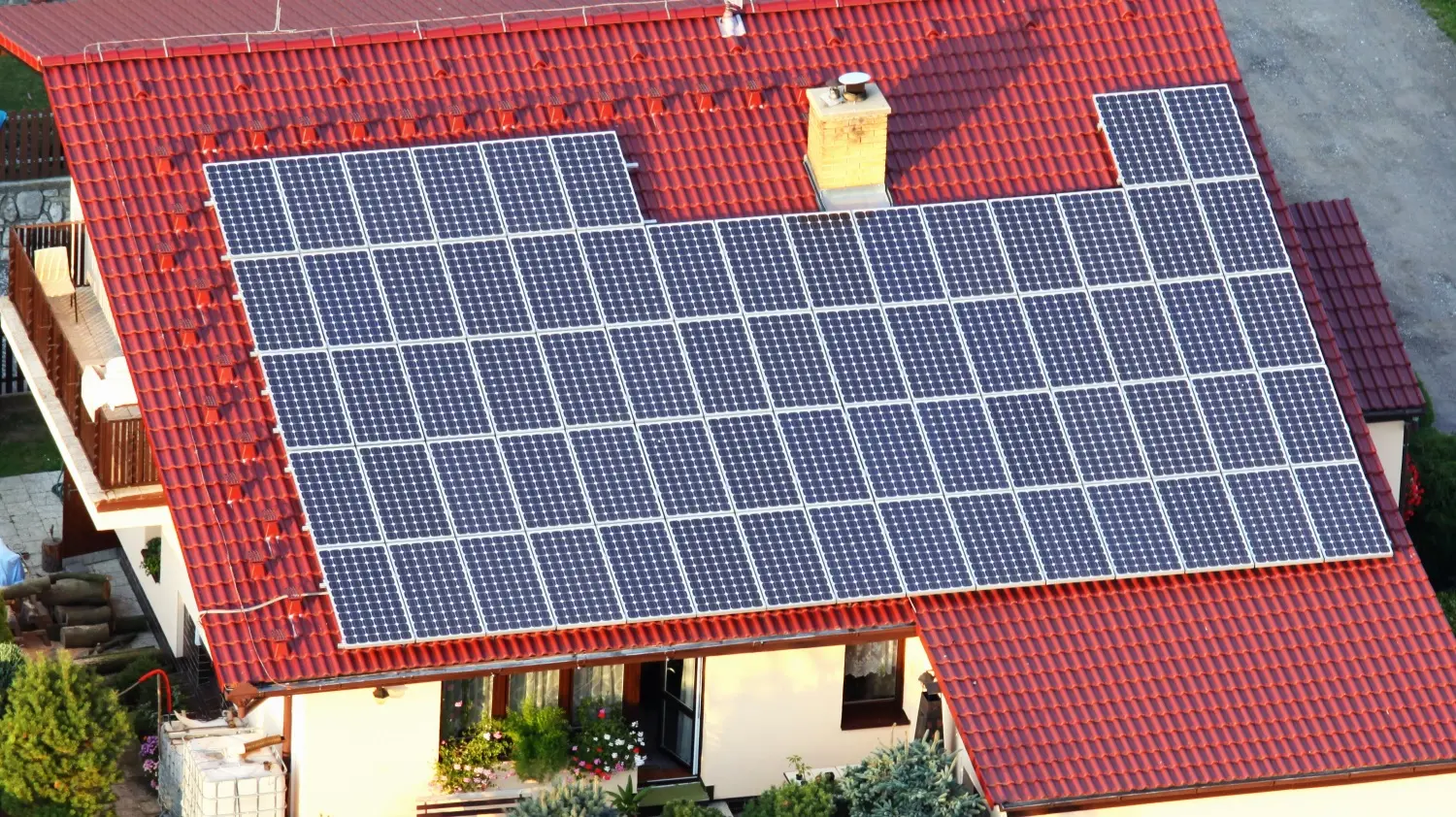White paper identifies risk of false incentives in power grid financing
Self-consumption of photovoltaic electricity is being cross-subsidised with the current grid usage tariffs. Combined with private storage systems, this could have a negative impact on the efficient expansion of storage and grid infrastructure. A white paper developed with the help of ZHAW researchers recommends that alternative financing models be tested.

When owners of private photovoltaic systems can directly consume the power produced on a sunny day, they do not have to pay for use of the grid. However, since the grid is available all the time, it generates certain fixed costs. With the current grid usage tariffs, the grid costs that some can avoid thanks to self-consumption have to be paid for by other electricity customers. This imbalance will intensify with increasing self-consumption by owners of photovoltaic systems. At the same time, local distribution grid operators will need to establish a safe infrastructure which can distribute the growing amount of fluctuating electricity from local photovoltaic systems at a reasonable cost.
Inevitable conflict of objectives
In this situation, the current financing model leads to a conflict of objectives. On the one hand, the current tariff model contributes substantially to the cost effectiveness of private photovoltaic systems with self-consumption, and therefore helps reach the development objectives of the Energy Strategy 2050. On the other hand, this deviation from the principle of cost reflectiveness in grid usage tariffs is problematic, because it means that private photovoltaic systems are cross-subsidised through the other electricity customers, and because it creates false incentives for investments in grid infrastructure and storage. These false incentives arise because owners of photovoltaic systems will try to optimise self-consumption and save money by investing in local storage systems – without considering more appropriate, regional storage solutions that serve the grid. In doing so, they will not be helping to avoid grid development costs. The trouble is that the cross-subsidies are a major reason why self-consumption is attractive to private electricity producers.
Testing new approaches
In the latest white paper published by the national energy research consortium, the Competence Center for Research in Energy, Society and Transition (SCCER CREST), ZHAW researchers have collaborated with other Swiss research institutions to examine this conflict of objectives and make proposals for action. One of the main questions concerns the effects of alternative financing models. The researchers argue that the current discussion about cross-subsidising should focus more on the conflict of objectives between incentives to develop renewable energies and incentives to build efficient infrastructure. The paper recommends creating scope for action on a regional level and testing alternatives to the current tariffs, which are based solely on electricity purchase, with the aim of finding new approaches that will help solve the conflict of objectives.